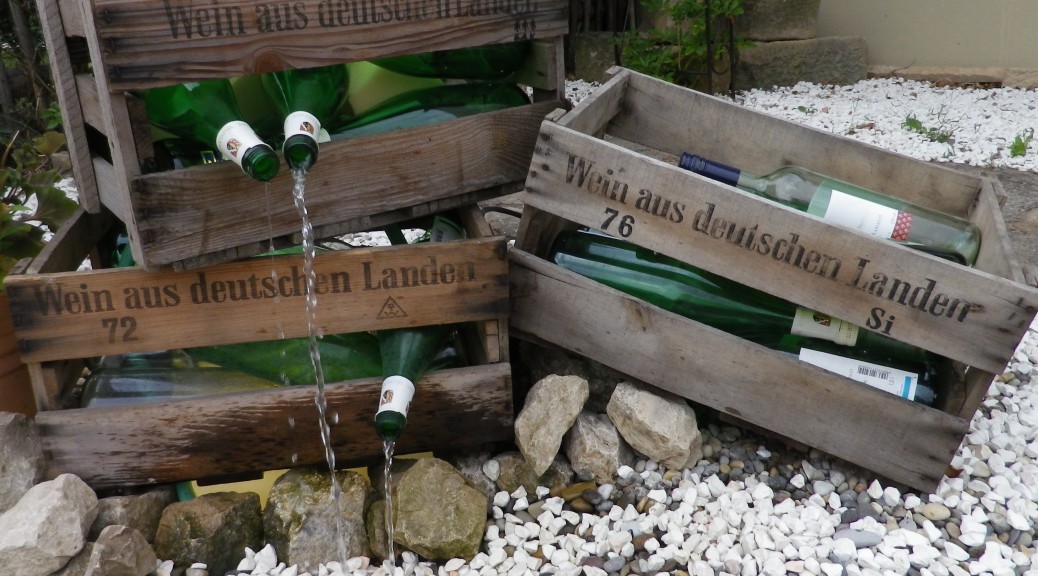What I Learned:
The northern part of the Pfalz wine region is known as Mittelhaardt, beginning around Neustadt an der Weinstrasse, and continuing to around Worms, in Zellertal.
Reds grown here include the Spaetburgunder (Pinot Noir), and Dornfelder, among others. But Riesling grapes predominate, as more than half the grapes grown in this region are of this varietal. Other white varietals of German fame include Mueller-Thurgau, Kerner, and Gewurztraminer. One varietal cultivated here, not often heard of in the non-German world, is known as the Scheurebe. In 1916, German viticulturalist, Georg Scheu, created this grape in his institute’s laboratory in Alzey, not far from the northern edges of the Mittelhaardt. This varietal is often destined to produce the sweet wines.
Another famous viticulturalist honored in this region is Dr.Friedrich von Bassermann-Jordan. Born in 1872 in Deidesheim into a family of vintners, he is famous for his monumental opus on wine history: History of Viticulture (Geschichte des Weinbaus). Once owner of the winery Weingut Geheimer Rat Dr. Von Bassermann-Jordan, this establishment still exists today in Deidesheim, and may be visited. It is noted for its excellent wines from some of the choicest vineyards in the area.
Wine production in this district dates to centuries before the early 20th century though. In fact, a Roman era cellar has been found a few kilometers from Bad Duerkheim, outside the village of Ungstein. The pressing room and vats have been left in situ in the vineyards. It was once part of a large Roman estate. (To visit it, follow the signs for Römische Weingut Weilberg, visible from the trail.)
What I Tasted:
2013 Riesling, Herrenletten Kabinett, trocken: a dry white wine with a medium gold color; fruity, with a sparkling minerality, slight acidity, and a great balance overall.
